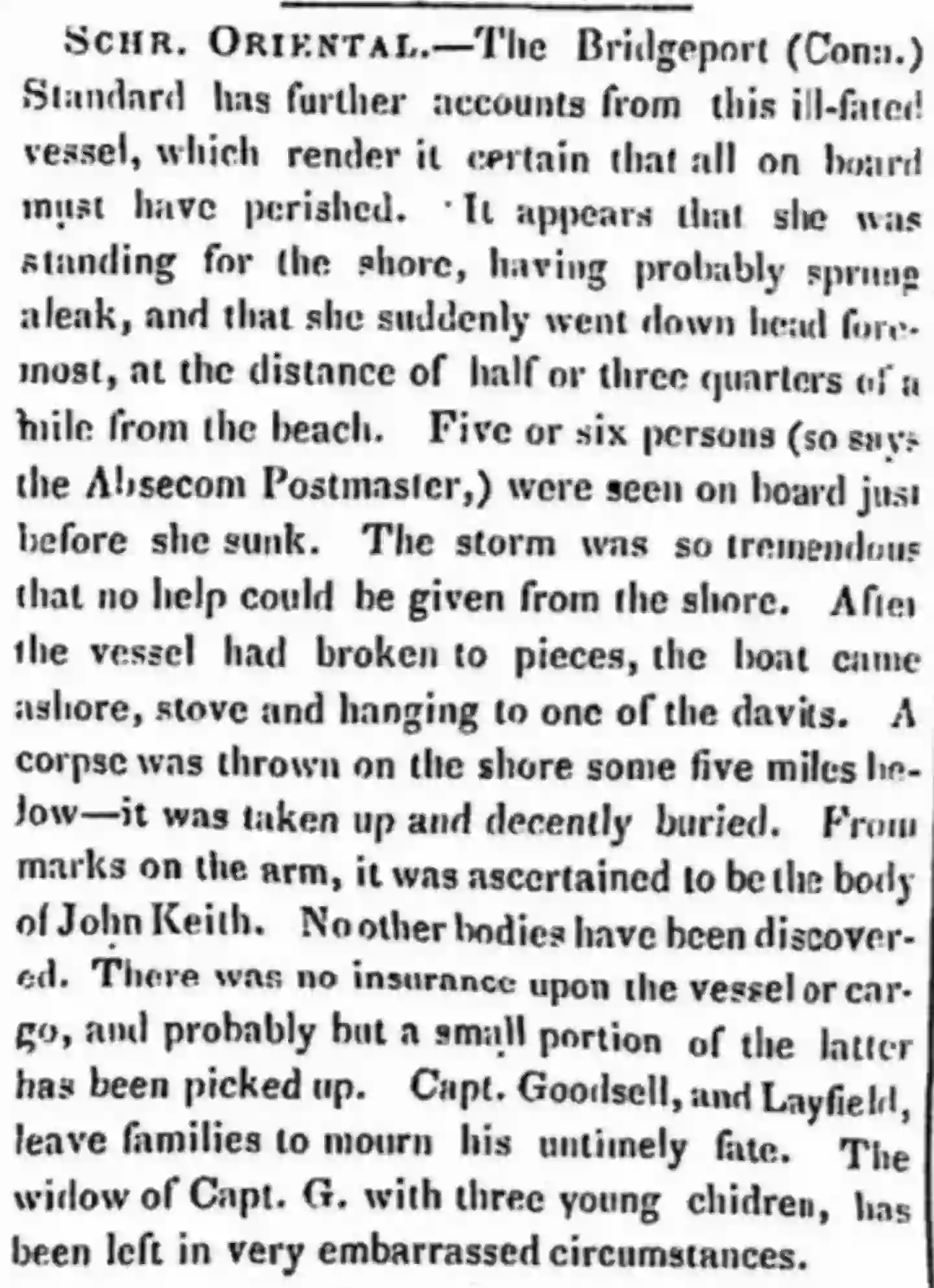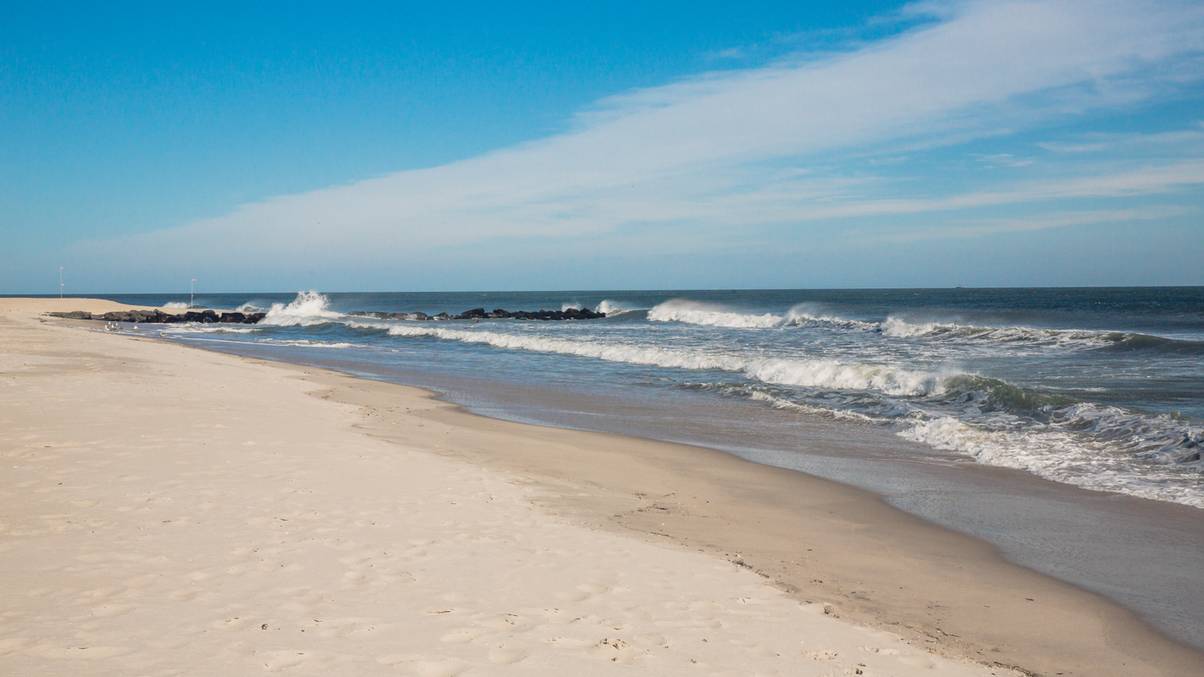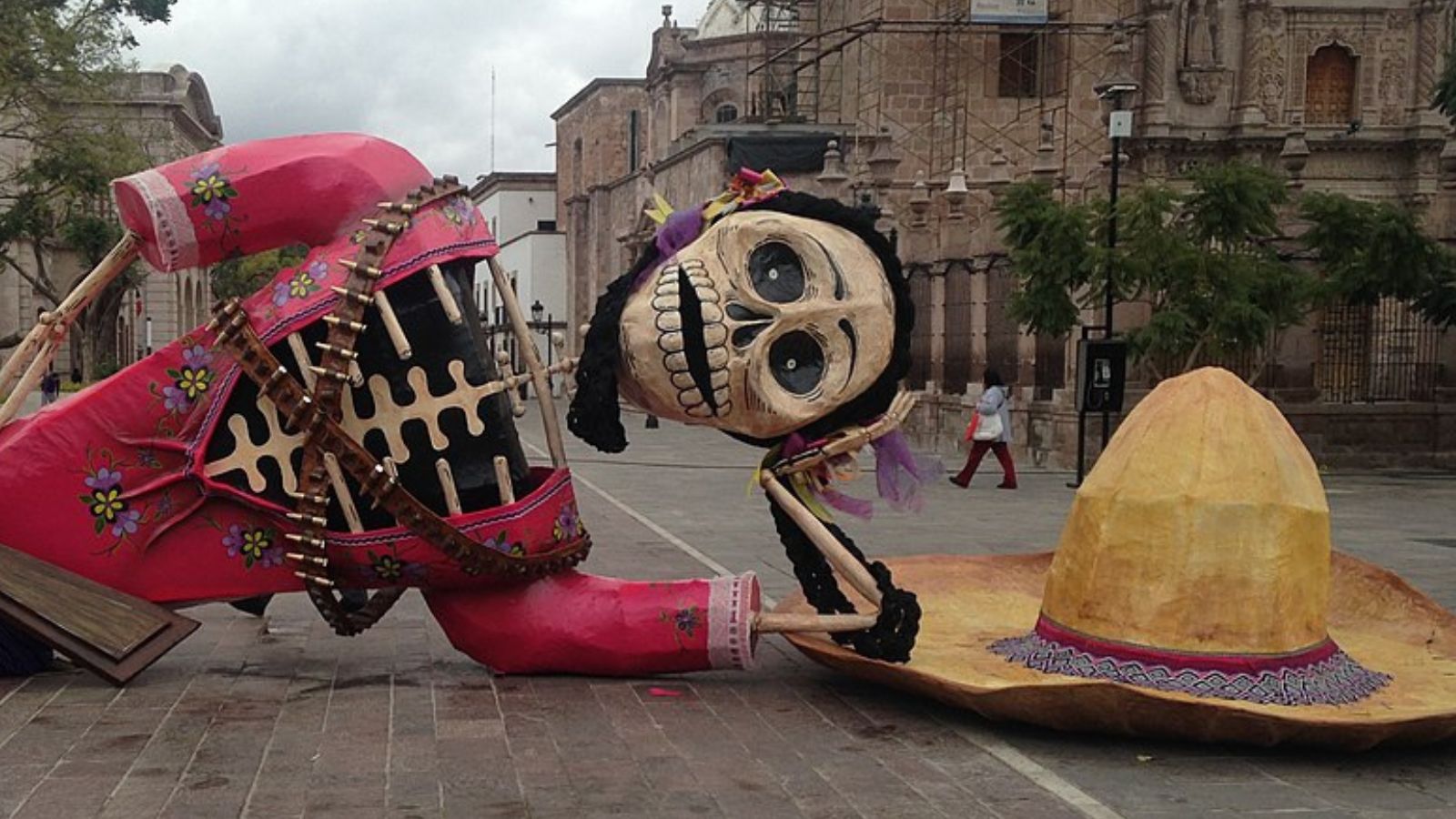Decades-Old Bone Fragments Found on US Beaches Reveal Shocking Secret at Last
Who knew that a mystery brewing since 1995 would turn into such a wild ride of bones, beaches, and brainy students playing detective? For nearly two decades, pieces of an unknown skeleton kept washing ashore along South Jersey’s coast, making beachgoers wonder if they’d stumbled onto some macabre episode of a real-life crime drama—or just a very persistent seagull playing with its lunch. Skeletal remains appeared from Longport to Ocean City, earning the mysterious “Scattered Man John Doe” a rather eerie nickname. But despite the clues piling up on shore, nobody could quite crack the case… until a crew of sharp-eyed Ramapo College genetic genealogy students rolled up their sleeves and took a fresh look. What started as a bust of bone fragments morphed into a genetic treasure hunt stretching back to the 1600s and led straight to a sunken 19th-century schooner with a story that would make even the staunchest history buff sit up and take notice. So, what happens when science, history, and a bit of good old-fashioned stubbornness collide? You get justice served—not just for the “Scattered Man,” but for generations waiting for answers. Curious how a boatload of bones finally got their story told? LEARN MORE.
A decades-long mystery has finally been cracked after bone fragments were found washed up on US beaches.
It all began in 1995 when skeletal remains started washing up on numerous beaches in South Jersey – shockingly, this continued to happen until 2013, with people scratching their heads over where they were coming from.
The bone fragments brought up a lot of questions, including who the bones belonged to, how they came to land on the beaches and what happened to the person in question.
However, none of those would be answered until a group of students solved the case this year.
The first instance of one of the bones washing up was when a skull was found in Longport in 1995, followed by more bones in Margate in 1999.
In 2013, even more bones were found in Ocean City, leading to the creation of the ‘Scattered Man John Doe’ nickname.
As traditional methods of investigation could not deliver an identification on the person who was being ‘scattered’ around the coast, the case would go on to remain unsolved.
But then the New Jersey State Police and Ramapo College of New Jersey Investigative Genetic Genealogy Center (IGG) students decided to take another look – leading to a breakthrough attached to a very interesting piece of history.

The case was solved by students (Ramapo College of New Jersey Investigative Genetic Genealogy Center (IGG) )
In 2023, the NJSP teamed up with the IGG centre to see if they could use investigative genetic genealogy to solve the case.
In November, a sample of the remains was sent off to Intermountain Forensics, who then went on to upload it to GEDmatch and FamilyTreeDNA in February 2024.
From there, Ramapo College undergraduate students, who were conducting field studies, and IGG students, began to dig a little deeper.
They attempted to see if they could solve the mystery and actually found ancestry which dated back to the 1600s, showing that there were genetic relatives of the unnamed man that were from Litchfield and Fairfield counties in Connecticut.
From February 2024 until February 2025, the students from IGG’s certificate programme volunteered to continue finding ancestral ties to that same area and looked into shipwrecks which happened off the coast of New Jersey.
That’s when they found two newspaper articles dated 20 December and 24 December 1844.

What the ship may have looked like. For reference, this is a stock image of an 19th century schooner (Getty Stock Images)
According to those reports, five crew members perished on the Oriental ship, which departed from Connecticut as it sailed to Philadelphia to deliver 60 tons of marble that would be used to open Girard College, a boarding school that eventually opened in 1848.
However, on the way to their destination, the ship sank off the coast of Brigantine Shoal in 1844, with a leak being the likely culprit.
As it sank just one mile from the shoreline, they wondered if the person who the bones belonged to was on the boat.
As it turns out he was.
The captain of the ship was 29-year-old Henry Goodsell, and he seemed like a likely person of interest in the case.
With that, the students handed the police their information and on 7 March of this year, the NJSP collected a family reference sample from a great-great grandchild of Goodsell, confirming the genetic match on 8 April.
“Identifying human remains is one of the most solemn and challenging responsibilities law enforcement is charged with,” said Chief of County Detectives Patrick Snyder at the Atlantic County Prosecutor’s Office as per the college’s website.
“Law enforcement works hard knowing that behind every case is a promise: that no one will be forgotten, and that we will pursue the truth until families have the answers they deserve.”
“Using modern genealogy testing to identify bone fragments from the 19th century is a powerful reminder of our unwavering commitment to resolving cases no matter how old,” said Colonel Patrick J. Callahan, NJSP superintendent.
“The ability to bring answers to families—even generations later—shows how far science and dedication can take us. Our partnership with Ramapo College has been instrumental in making this possible, and we are incredibly proud of the meaningful progress we continue to make together.”



















